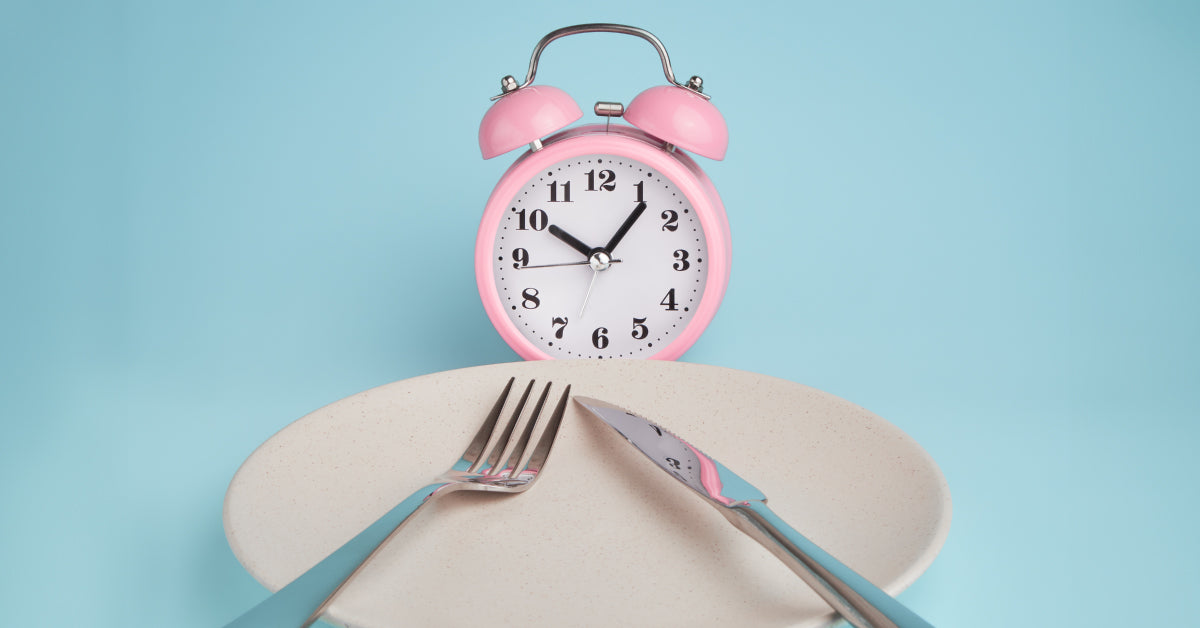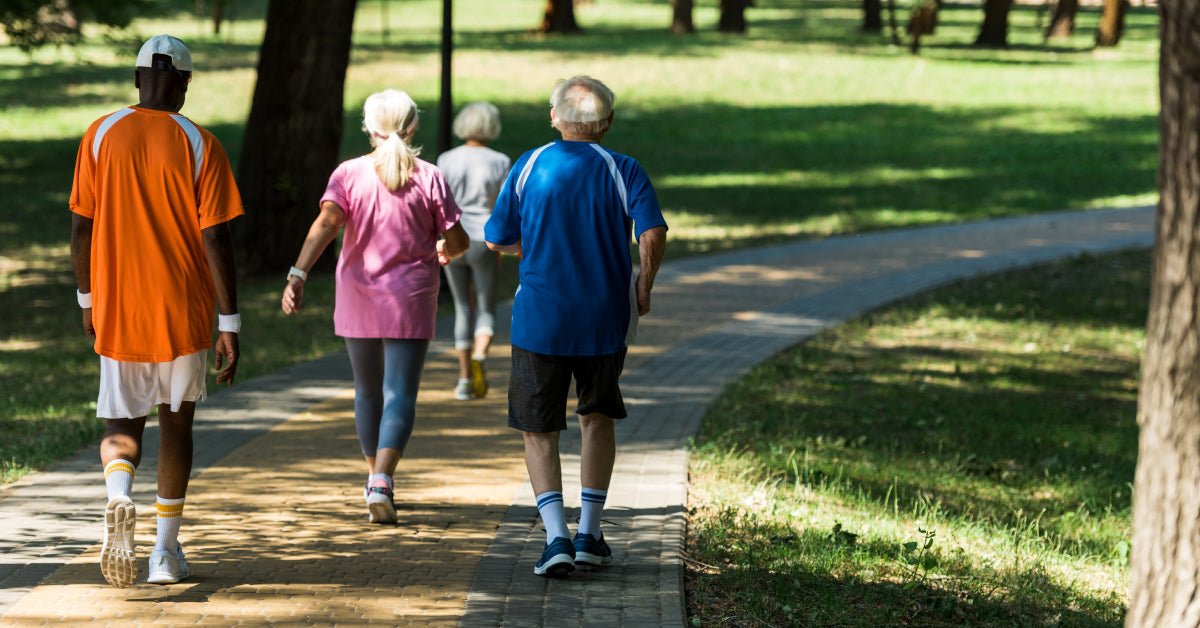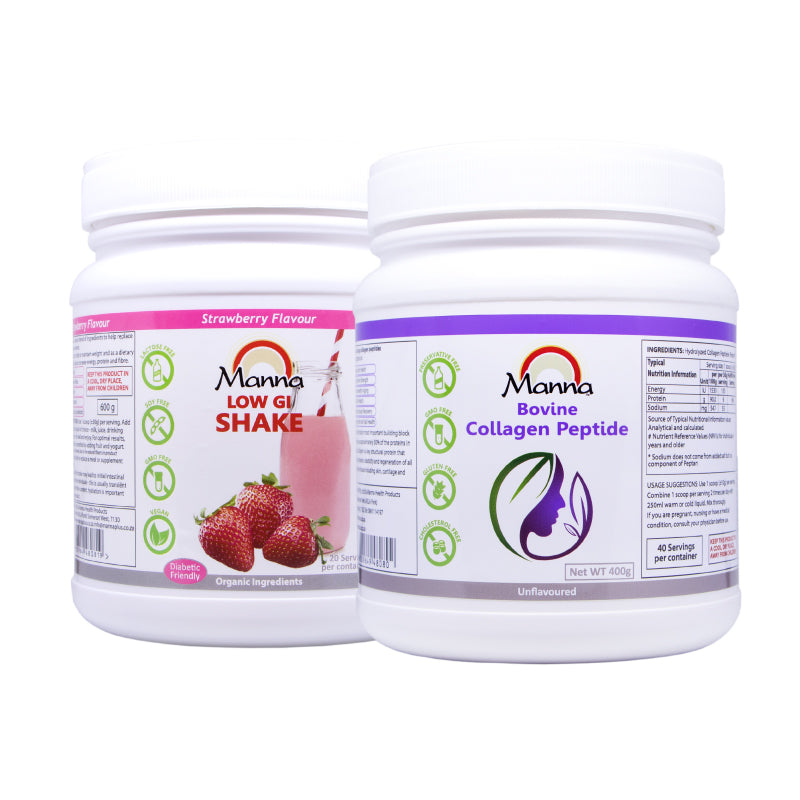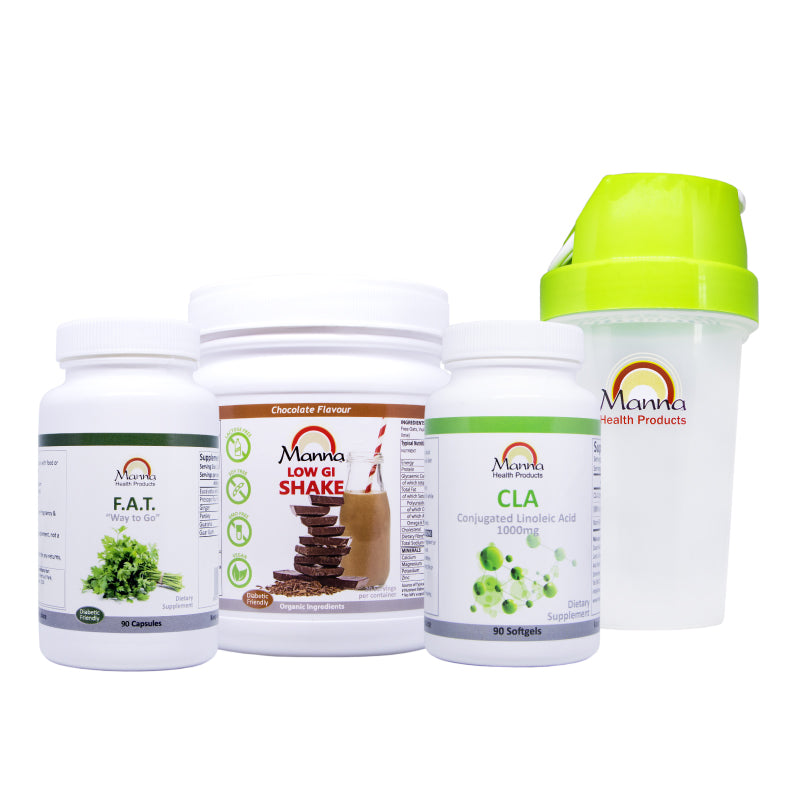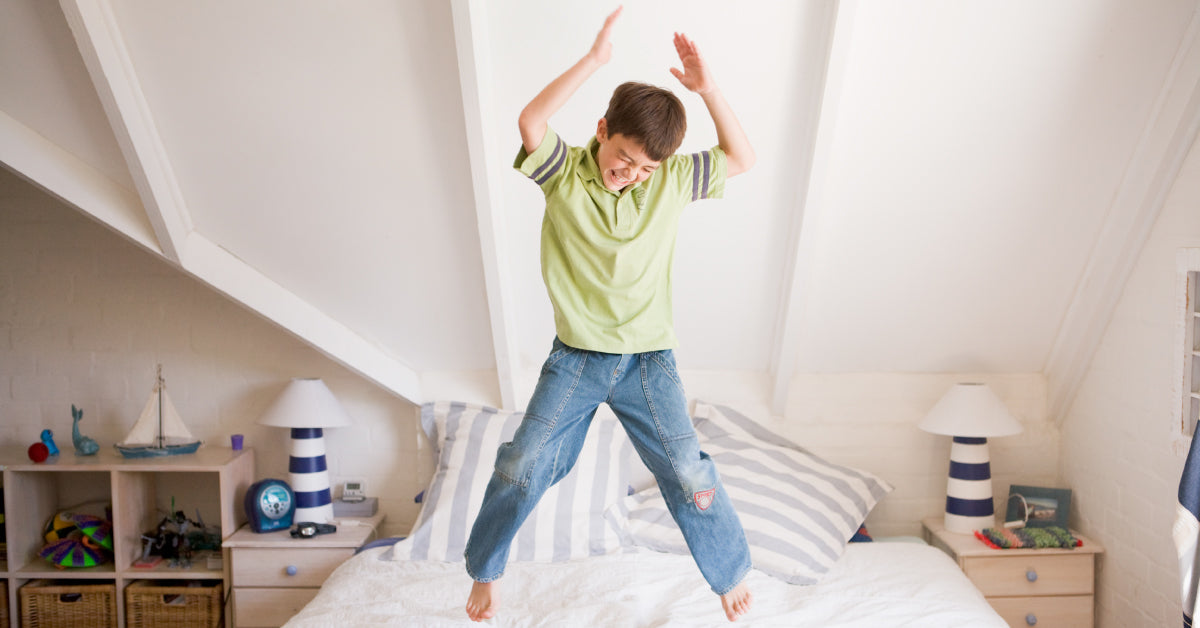
by Freda Coetzee
How to Raise Healthier Children
Childhood obesity becomes a bigger problem by the day. It can soon become completely out of hand, and the parents are to blame for not raising healthier children. Before thinking that this is a harsh statement, consider the facts: Who buys the food in the house? Who allows the children to eat things like sweets, sugary cereals, chocolate, and chips on a daily basis? Who relaxes at home on the weekends rather than arranging fun outdoor activities? Who makes the decision to get fast food takeaways rather than a healthy supper? Yes, I know that sometimes it is just more convenient. Or that sometimes you don’t have time to pack a healthy school lunch. But because we neglect the healthy alternatives, our children have to live with the consequences…. How can we make sure that we raise healthy children? For our own sake, as well as for the sake of our kids, we have to make a total mind shift and stop acting like living healthy is a punishment. A healthy, active lifestyle can enrich your life. And the best part is – it doesn’t have to be difficult. Here are 5 awesome tips that you can use to get started on the healthy journey… Join them on the journey Make it a family affair. If you make them do it on their own, they can feel like they are being punished for something. Be the role model and take the lead to show them how amazing it is to live healthily, it will encourage them. Don’t get caught with your hand in the cookie jar (literally) if you have banned unhealthy snacking in your house. Instead of watching TV on the weekend, go out and enjoy some fun outdoor activities like hiking, kayaking, cycling, or a 5km fun-run. Make exercise fun Exercise shouldn’t feel like a punishment. There are tons of ways you can get active and have loads of fun at the same time. Here are just a few examples to help you get started… Ice skating or roller skating. Conquering hiking trails. Family bicycle rides. Swimming Doing home exercise challenges together. Laser Tag or paintball. Turn TV commercial breaks into fitness breaks (Jumping jacks, push-ups, sit-ups, etc. during breaks) Do some gardening as a family – you’ll be surprised how much exercise you can get from this, plus its skills development. Do family fun-runs or running races – many of these are for great causes as well. The list is honestly endless; you just have to put your mind to it. Never use food as a reward For example, don’t tell them that they can have ice cream if they finish their homework, or promise them pizza if they do well on a test. When food is given as a reward, it can create unhealthy emotional connections between certain foods and feeling good. Rather find alternative ways of motivating and rewarding them, like a sticker-system for the young ones, and sporting equipment or outdoor experiences for the older ones. Reduce temptations This will go a long way toward helping your children, as well as yourself. It is always so much harder to stick to the healthy path if you know your favourite unhealthy snack is right there in the fridge or cupboard. Rather keep healthy snacks like fruits, veggies, nuts and seeds around the house. The internet is also littered with healthy home-made snack recipes. And always make sure that your children have a healthy snack with them so that they don’t have to buy an unhealthy alternative when they suddenly get hungry. Be supportive Show your children that you are truly supporting them every step of the way on their healthy lifestyle journey. Get the whole family on board to make sure everybody can motivate and support each other. Be the leader to show everybody that living healthy is not a punishment, but rather a pleasure. Together, you can shape a healthier future – for your children, and also for yourself. How can Manna Blood Sugar Support help build a healthy lifestyle? One of the basic building blocks of a healthy lifestyle is ensuring your blood sugar levels are always balanced. This goes for children, as well as adults. There are many things that are dependent on your blood sugar levels, like: How long you feel full after a meal. Your energy levels. Stopping cravings for sugary-treats and other unhealthy snacks. Preventing diabetes and all of its complications – which is an ever-growing problem amongst children and adults alike these days. Keeping insulin levels under control. Managing blood pressure. By taking the Manna Blood Sugar Support supplement with each meal, it helps you keep your blood sugar levels under control. When you do this, all of the above-mentioned factors become so much easier to manage.






